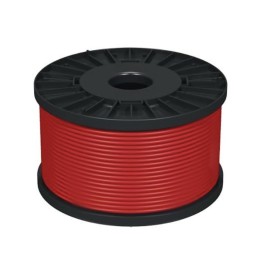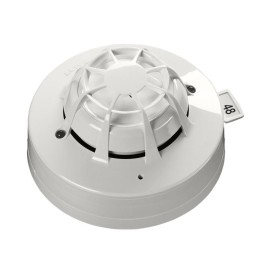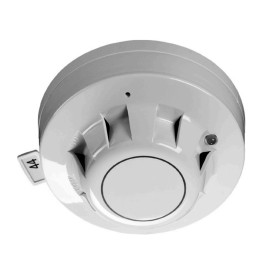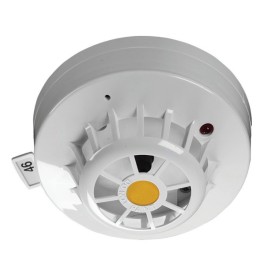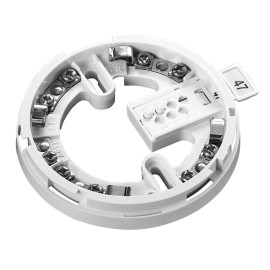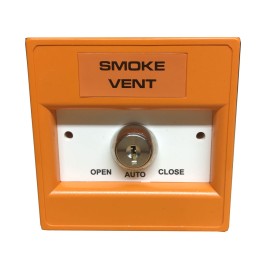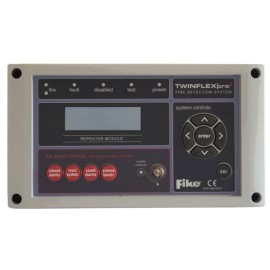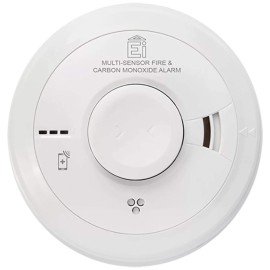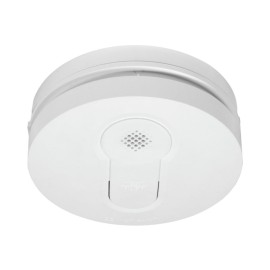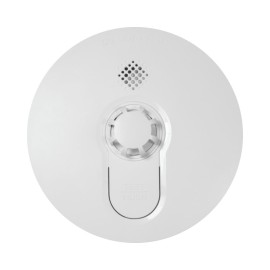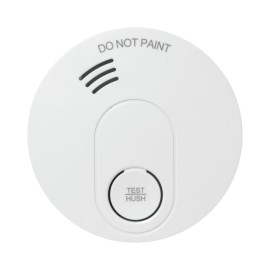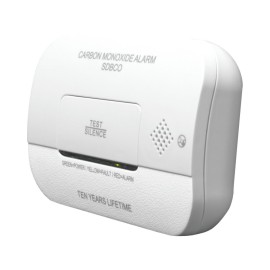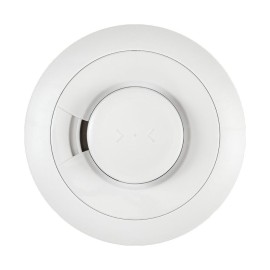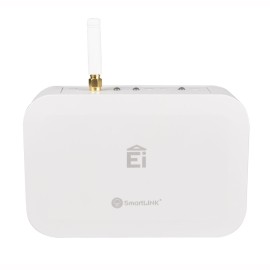
How Decibel A-Weighting Works and Why It's Important for Fire Alarms
If you've taken alook through our Fire Alarms and Ventilation systems (maybe it's a slow afternoon at the office), you might have noticed that sometimes we give a dB(A) value in the technical information, under something like "sound output." This fire alarm sounder has a sound output of 101 dB(A); on the other hand, there's an extractor fan with less than a quarter of the sound output, at 25 dB(A). Measuring Noise dB(A) stands for Decibel A-weighting - it's a measurement of the level of sound pressure in the air. That measurement is modified so that the measured loudness matches the loudness that is perceived by the human ear as closely as possible. This is opposed to a straight, physical measurement of the sound pressure in the air; the people in charge of taking the measurements try to ensure that the perceived sound stays reasonably constant in all environments. (Strictly speaking, this isn't always possible for a huge number of reasons, but it's close.) Our examples are human-centric applications, after all; workplace noise measurements are also expressed in dB(A) in order to comply with regulations. An A-weighting filter de-emphasises the lower frequencies (pitches) of a sound and emphasises those around 3000-6000 Hertz where the human ear is more sensitive. For the physics geeks in our readership (and we assume there must be a few), Wikipedia has a good primer on the subject of decibel A-weighting, with curves and equations. This gives an easy, single-number measurement of noise level that we can compare with the noise level in the environment. When we need to install a fire alarm, to carry on with our examples, it should be louder than the ambient noise. Using Noise The alarm sounder we mentioned above has a sound output of about 101 dB(A), which is a little bit louder than a newspaper press. The "ultra-quiet" ventilation fan is about as loud as a person whispering to themselves in an art gallery. The measurement in dB(A) allows a contractor to compare the sound output of a thing with the environmental noise level: if the sound output of an alarm sounder is higher than the general level of noise, then the alarm will be heard. If the source output is lower, then it will be masked. Sometimes, the distance from the source is also given. This is useful - even essential - for larger environments, where an alarm sounder might be installed far away from someone working at a factory machine, for instance. Generally, as the distance doubles, the sound level in dB(A) is halved. This should be taken into account when installing an industrial alarm system. Broadly: you'll want to go as loud as possible with the fire alarms (ideally without damaging anybody's hearing!), and as quiet as possible with ventilation fans and other such appliances. It's an interesting experiment and it opens up a whole new can of worms (as if we didn't have enough already) - how loud is your office? Your house? Are you using the right appliances for the noise level?







